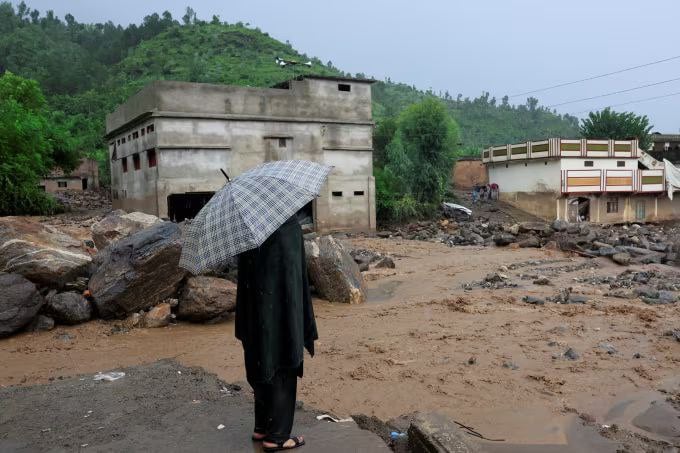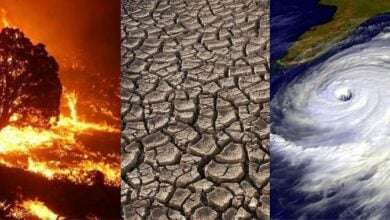Sudden Cloudbursts Cause Deadly Flooding Across South Asia

Sudden Cloudbursts Cause Deadly Flooding Across South Asia
……………..
Sudden and intense cloudbursts have triggered severe flooding, landslides, and mudflows across parts of South Asia, killing hundreds and displacing thousands, CNN reported. In northwest Pakistan, flash floods swept through villages in the Buner district of Khyber Pakhtunkhwa province, claiming at least 321 lives in 48 hours, with dozens still missing.
India-administered Kashmir also suffered, with at least 60 people killed and over 200 reported missing after torrents of mud and water struck the Himalayan town of Chashoti. Earlier this month, Uttarakhand in India experienced similar flash flooding that resulted in four fatalities.
Cloudbursts are sudden, localized downpours that release large volumes of water in a short period, often causing destructive flash floods and landslides. The steep slopes, fragile geology, and narrow valleys of the Himalayas, Karakoram, and Hindu Kush amplify their impact. Experts note that poor infrastructure, deforestation, unplanned development, and limited early warning systems worsen the devastation in affected communities.
Climate change is intensifying these events. Warmer air absorbs more moisture, feeding extreme rainfall when monsoonal winds hit mountainous regions. Melting glaciers and unstable terrain further amplify the risk of floods and landslides. Pakistan, responsible for less than 1% of global emissions, remains highly vulnerable, with the timing and intensity of monsoon rains shifting due to the climate crisis.
Similar patterns have been observed across India and Nepal, compounding water scarcity and food security concerns. Authorities and experts stress the need for improved early warning systems, climate-resilient infrastructure, and coordinated regional planning.
Scientists also urge South Asian nations to share knowledge and adopt preventative measures, including avoiding settlements in high-risk zones and strengthening disaster preparedness, to reduce casualties and long-term impacts of such extreme weather events.






